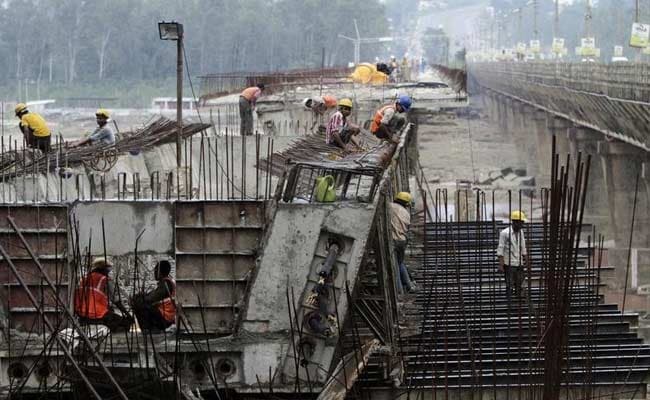
The government should notify the shelf-ready projects that are in the NIP for implementation.
Despite recent signs of economic improvement, the harsh reality is that the Indian economy would still contract significantly during the current year. The economic loss due to Covid-19 is estimated to be around Rs 18-20 lakh crore or around 9-10 per cent of Gross Domestic Product (GDP) this fiscal as compared with the previous year.
This data comes at a time when private investment is hard to come by due to prevalence of idle capacity while state governments are cutting back on their capital expenditure during the uncertain year on the back of a pandemic, according to industry body Confederation of Indian Industry (CII) in its Pre-Budget Memorandum 2021-22.
CII says due to these challenges, there is no option but for the Union government aggressively intervene immediately and invest heavily to lift the economy.
“Unless public expenditure is stepped up, GDP might shrink not just during this fiscal but even in the second and third quarters of FY22 once the favourable base effect wanes,” the CII memo adds.
CII says keeping in mind the economic outlook, the Union government's spending is the only growth driver at this juncture when other growth drivers — private consumption, investment and net exports — are depressed. “However, there is need to channelise government expenditure in priority areas which are in consonance with (the government's) developmental objectives and have the highest multiplier effect on the economy,” the industry body says.
Public Investment in Infrastructure
The Union government must support the nascent revival and nurture the green shoots of recovery by catalysing capital investment, especially in areas such as physical and social infrastructure to boost the economy. The economic recovery will in turn lead to job creation.
“Fiscal space should be created for public spending up to 1 per cent of GDP for investment in infrastructure projects in areas such as road, rail, ports, airports, waterways, urban infrastructure, industrial parks, and freight corridors,” CII said.
CII Pre-Budget Memorandum 2021-22
The Union government's infrastructure spending would zero-in as private investments as firms bag contracts and generate demand.
“This would also raise disposable income, create jobs in the informal sector as well as improve long-term productivity. So far, according to recent data, the government has incurred capital expenditure to the extent of only 40.3 per cent of the Budget target for the year as against 55.5 per cent during the same time last year,” the CII memo says.
CII adds that to start with, the government should notify the shelf-ready projects that are in the National Infrastructure Pipeline (NIP), for implementation.
“The Union government could also consider bringing the projects, which are supposed to be auctioned in the next few years, to this year as the government probably does not have many planned infrastructure projects ready for bidding. The Budget should also set aside funds for use by the state governments to spend on infrastructure,” CII adds.








